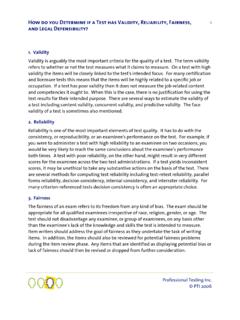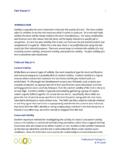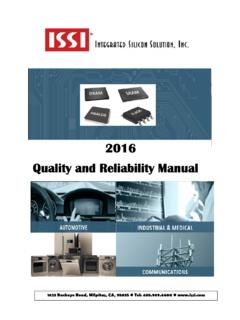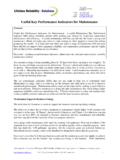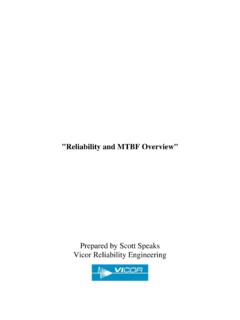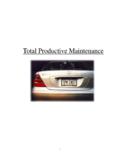Transcription of Introduction - Professional Testing
1 Test Reliability1 Professional Testing Inc. PTI 2006 IntroductionReliability is one of the most important elements of test quality . It has to do with theconsistency, or reproducibility, of an examinee's performance on the test. For example, ifyou were to administer a test with high reliability to an examinee on two occasions, youwould be very likely to reach the same conclusions about the examinee's performance bothtimes. A test with poor reliability , on the other hand, might result in very different scores forthe examinee across the two test administrations. If a test yields inconsistent scores, it maybe unethical to take any substantive actions on the basis of the test. There are severalmethods for computing test reliability including test-retest reliability , parallel formsreliability, decision consistency, internal consistency, and interrater reliability . For manycriterion-referenced tests decision consistency is often an appropriate of ReliabilityTest-Retest ReliabilityTo estimate test-retest reliability , you must administer a test form to a single group ofexaminees on two separate occasions.
2 Typically, the two separate administrations areonly a few days or a few weeks apart; the time should be short enough so that theexaminees' skills in the area being assessed have not changed through additionallearning. The relationship between the examinees' scores from the two differentadministrations is estimated, through statistical correlation, to determine how similar thescores are. This type of reliability demonstrates the extent to which a test is able toproduce stable, consistent scores across Forms ReliabilityMany exam programs develop multiple, parallel forms of an exam to help provide testsecurity. These parallel forms are all constructed to match the test blueprint, and theparallel test forms are constructed to be similar in average item difficulty. Parallel formsreliability is estimated by administering both forms of the exam to the same group ofexaminees. While the time between the two test administrations should be short, it doesneed to be long enough so that examinees' scores are not affected by fatigue.
3 Theexaminees' scores on the two test forms are correlated in order to determine howsimilarly the two test forms function. This reliability estimate is a measure of howconsistent examinees scores can be expected to be across test Reliability2 Professional Testing Inc. PTI 2006 Decision ConsistencyIn the descriptions of test-retest and parallel forms reliability given above, the consistencyor dependability of the test scores was emphasized. For many criterion referenced tests(CRTs) a more useful way to think about reliability may be in terms of examinees classifications. For example, a typical CRT will result in an examinee being classified aseither a master or non-master; the examinee will either pass or fail the test. It is thereliability of this classification decision that is estimated in decision consistency an examinee is classified as a master on both test administrations, or as a non-masteron both occasions, the test is producing consistent decisions.
4 This approach can be usedeither with parallel forms or with a single form administered twice in test-retest ConsistencyThe internal consistency measure of reliability is frequently used for norm referencedtests (NRTs). This method has the advantage of being able to be conducted using a singleform given at a single administration. The internal consistency method estimates howwell the set of items on a test correlate with one another; that is, how similar the items ona test form are to one another. Many test analysis software programs produce thisreliability estimate automatically. However, two common differences between NRTs andCRTs make this method of reliability estimation less useful for CRTs. First, because CRTsare typically designed to have a much narrower range of item difficulty, and examineescores, the value of the reliability estimate will tend to be lower. Additionally, CRTs areoften designed to measure a broader range of content; this results in a set of items thatare not necessarily closely related to each other.
5 This aspect of CRT test design will alsoproduce a lower reliability estimate than would be seen on a typical ReliabilityAll of the methods for estimating reliability discussed thus far are intended to be used forobjective tests. When a test includes performance tasks, or other items that need to bescored by human raters, then the reliability of those raters must be estimated. Thisreliability method asks the question, "If multiple raters scored a single examinee'sperformance, would the examinee receive the same score. Interrater reliability provides ameasure of the dependability or consistency of scores that might be expected Reliability3 Professional Testing Inc. PTI 2006 SummaryTest reliability is the aspect of test quality concerned with whether or not a test producesconsistent results. While there are several methods for estimating test reliability , forobjective CRTs the most useful types are probably test-retest reliability , parallel formsreliability, and decision consistency.
6 A type of reliability that is more useful for NRTs isinternal consistency. For performance-based tests, and other tests that use human raters,interrater reliability is likely to be the most appropriate method.
